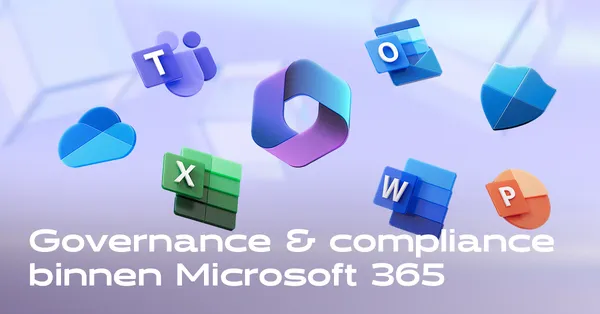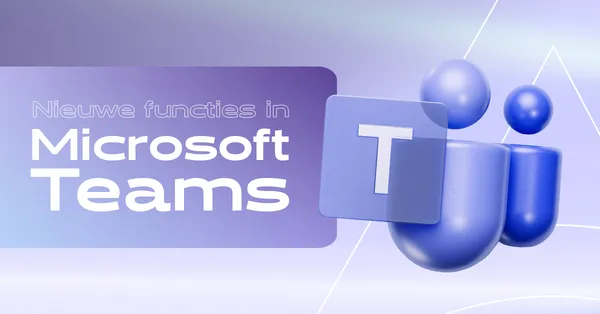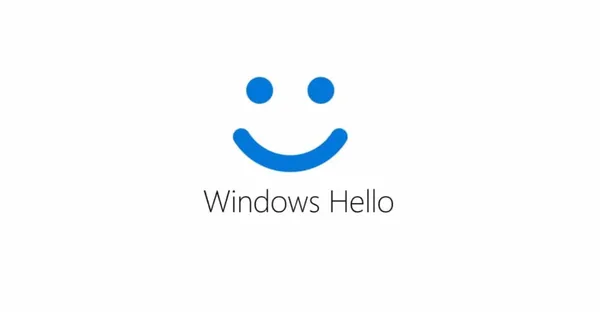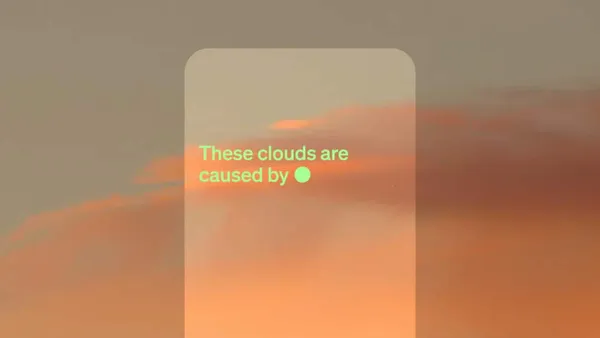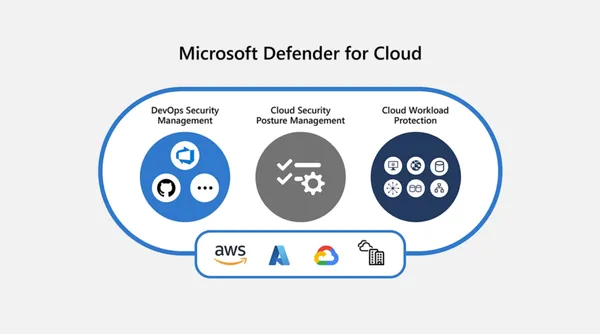
Knowledge base
July 27, 2023
Microsoft Defender’s Core Features for Cloud Security
Companies have numerous cloud security tools at their disposal to manage cloud applications and provide security visibility. One such tool is Microsoft Defender for Cloud Apps, a cloud access security broker designed to protect and monitor cloud applications within an organization.
Microsoft Defender for Cloud Apps: Control and Security of Your Cloud Environment
Microsoft Defender for Cloud Apps provides organizations with the tools to gain visibility into cloud usage, detect unauthorized applications – often called shadow IT – and enforce security policies across the cloud environment. This tool enables IT teams to take control of their cloud environment, ensuring the security and compliance of their data and applications.
Feature Features of Microsoft Defender for Cloud Apps
Key features of Microsoft Defender for Cloud Apps include analyzing user behavior to detect anomalies that may indicate potential security threats, integration with other Microsoft security products such as Azure Active Directory (AD) and Microsoft Purview Information Protection, and the ability to customize security policies.
How to Set Microsoft Defender for Cloud Apps
To set up Microsoft Defender for Cloud Apps, follow these steps: purchase an appropriate license, log into the Microsoft 365 management center, scroll to the Cloud apps section, set up the wizard and upload the firewall log.
Why Use Microsoft Defender for Cloud Apps?
Defender for Cloud Apps can also consolidate data from multiple sources to provide a comprehensive view of the cloud environment. It analyzes firewall logs for various security events, such as unauthorized access attempts or compliance breaches. By analyzing firewall logs, Defender for Cloud Apps enables security teams to closely monitor cloud application activity and quickly respond to potential security threats or policy violations.
Want to know more?

Related
blogs
Tech Updates: Microsoft 365, Azure, Cybersecurity & AI – Weekly in Your Mailbox.


